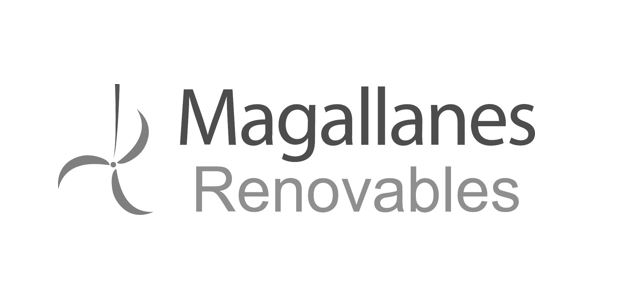Consents
Why are consents needed?
Conducting testing activities in Scottish waters requires statutory licences and consents to be in place. This ensures that proposed activities are carefully managed whilst safeguarding the environment and controlling any risks to other sea users.
Streamlining consents at EMEC
Marine Scotland is the regulator responsible for determining marine licence applications on behalf of the Scottish Government. Since EMEC was established, we have worked closely with Marine Scotland and statutory advisors to implement a streamlined consenting regime at our test sites.
- Understanding site characteristics and potential impacts: During the development of EMEC’s facilities, the environmental characteristics of each site were assessed and detailed in ‘Environmental Descriptions’ (available to download below). Further more, Environmental Impact Assessments (EIAs) were performed for the grid-connected test sites at Billia Croo and the Fall of Warness. Each EIA comprised detailed considerations of the potential issues relating to the build of the test facility and use of the site in principal.
- Understanding navigational risks: EMEC has undertaken site-wide Navigation Risk Assessments (download below) for all four test sites based on a range of device types and activities. The risk assessments include up-to-date vessel traffic analysis and are compliant with the Maritime and Coastguard Agency’s Maritime Guidance Note (MGN) 543.
- Environmental appraisal reports: EMEC has produced detailed ‘Environmental Appraisals’ for the Fall of Warness and Billia Croo test sites (download below). These reports have supported technology developers testing at our grid-connected sites by providing more comprehensive site detail within their marine licence applications.
- Creating an envelope of approved technologies and operations: As well as supporting developers’ applications, the Environmental Appraisals also enabled EMEC to get site-wide section 36 consent for deployment of an ‘envelope’ of device types and operations at each site. EMEC was awarded section 36 for the Fall of Warness tidal test site in 2016 and for the Billia Croo wave test site in 2023. Supporting documents associated with EMEC’s section 36 applications are available on Marine Scotland’s website: Fall of Warness / Billia Croo.
EMEC is continually working with the regulators to make sure that the most efficient and effective licensing processes are in place to support development of the wave and tidal energy sector.
What does the consenting process involve?
For developers planning to install technology at EMEC’s test sites, the marine licence application requires the relevant site-wide environmental reports and navigational risk assessments, discussed above, to be submitted alongside the following documentation:
- Project Information Summary
- Project-specific Environmental Monitoring Programme (PEMP)
- Project-specific Navigational Risk Assessment (NRA)
- Third-party Verification/Certificate (TPV/TPC)
- Decommissioning Programme (DP)
The project-specific assessments should make reference to the findings from the site-wide assessments and be direct in their findings and recommendations.
How can EMEC support marine licence applications?
EMEC can provide support to clients throughout the consenting process and guidance documents are provided to ensure all required information is provided for a smooth application.
For more in-depth support, speak to us about our consenting services.
Additional industry guidance
- Marine Scotland’s Consenting and Licensing Manual for offshore renewable energy developments in Scottish territorial and offshore waters.
- Scottish Natural Heritage (SNH), the Scottish Government’s independent statutory advisors on nature conservation, provide useful guidance documents regarding impact assessments and monitoring methodologies.
- The Maritime & Coastguard Agency (MCA) give advice and guidance relating to safety associated with offshore renewable energy installations. The MCA have produced MGN 543 regarding safety response for offshore renewable energy developers and MGN 372 for mariners operating in the vicinity of renewable developments.
- The International Association of Marine Aids to Navigation and Lighthouse Authorities (IALA) provides recommendations on the marking of man-made offshore structures which should be implemented as a minimum requirement.

















